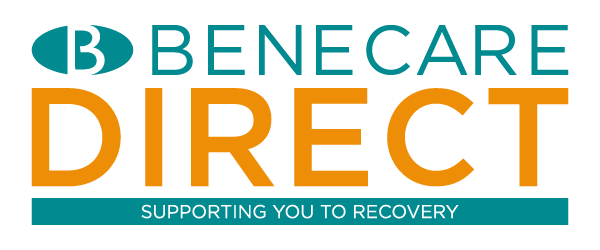The most important process during injury recovery is deciding on the right type of splint or brace to support you. There are many different styles, fits, and purposes to splints and braces – so here’s the go-to guide on choosing the perfect one for you.
What Kind of Support?
Different injuries and stages of recovery require different forms of support. It is important to understand which type of support you will need: stability, immobilisation, or compression.
Stability support is often needed when injuries occur in joints. For instance, stability braces and splints offer support when you can’t put your full weight on your knees, ankles, or wrists etc. To combat this instability, stability braces are often strap-based and rigid.
Immobilisation support helps to stop movement. This helps to treat injuries related to recent surgeries – most commonly in post-knee operations. After surgery, it is doctor’s orders to not move the injured area and this is where immobilisation support comes in. Immobilisation supports help prevent you from moving injured joints and guide you through the initial recovery stage.
Do you remember P.E. lessons in school? If so, you may remember the saying of ‘RICE’ – rest, ice, compression, and elevation. Compression braces and sleeves help to reduce and manage the inflammation of your injury. Using compression supports and braces can help to increase blood flow and reduce pain during and after movement.
What Next?
Hopefully you’ve decided on what kind of support you need, but if not, you can always consult with your doctor to find the best match for your injury. Before committing to purchasing any braces or supports, it’s a good idea to understand what level of support you’ll need: low (mainly compression), medium (compression and stability), or high (for serious injuries that need lots of support needed).
Many supports and braces are designed with straps to promote comfort and accessibility. But, some specially designed supports such as walker boots and footwear come in specific sizes, so it’s important to double-check sizing guidelines.
To ensure maximum comfort, have a look at what material the braces and supports are made of. If you don’t like the feel of certain materials on your skin then you won’t be able to relax and fully recover with your braces.
What Do People Say?
You know what type of support you’re looking for. You know the level of support you need, and you even know the sizes and materials you want – now it’s time to check the reviews.
Before you commit to your purchase, have a read of what people are saying about the various supports and braces. Speaking to your doctors and physios will also help you find recommendations on what type of supports and braces to choose.
Time to Get Strapped Up
It’s time to get supported and get recovering. Don’t hesitate to ask for an expert’s advice, either – we’re all working towards the same goal to getting you fully recovered. If you have any doubts about what supports or braces to go for then get in touch with us on Facebook or Twitter.
We hope you have a speedy recovery!

